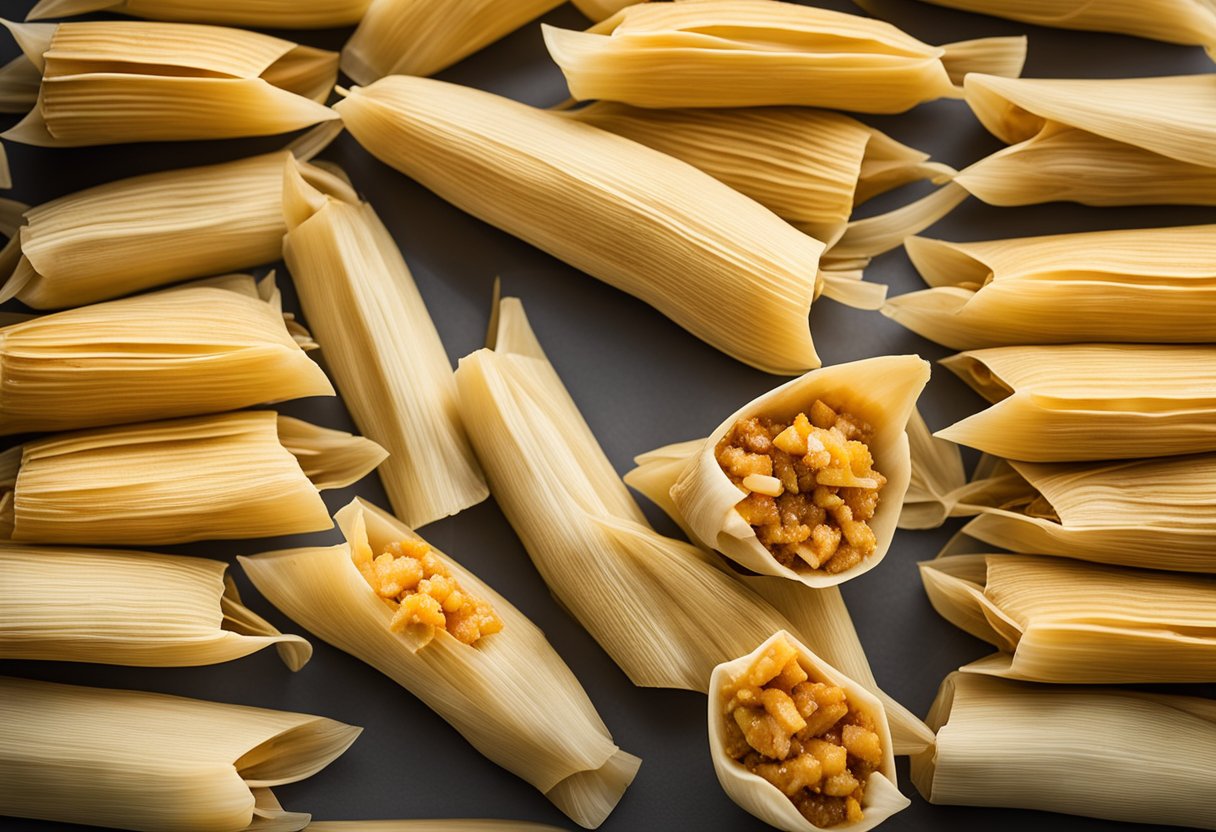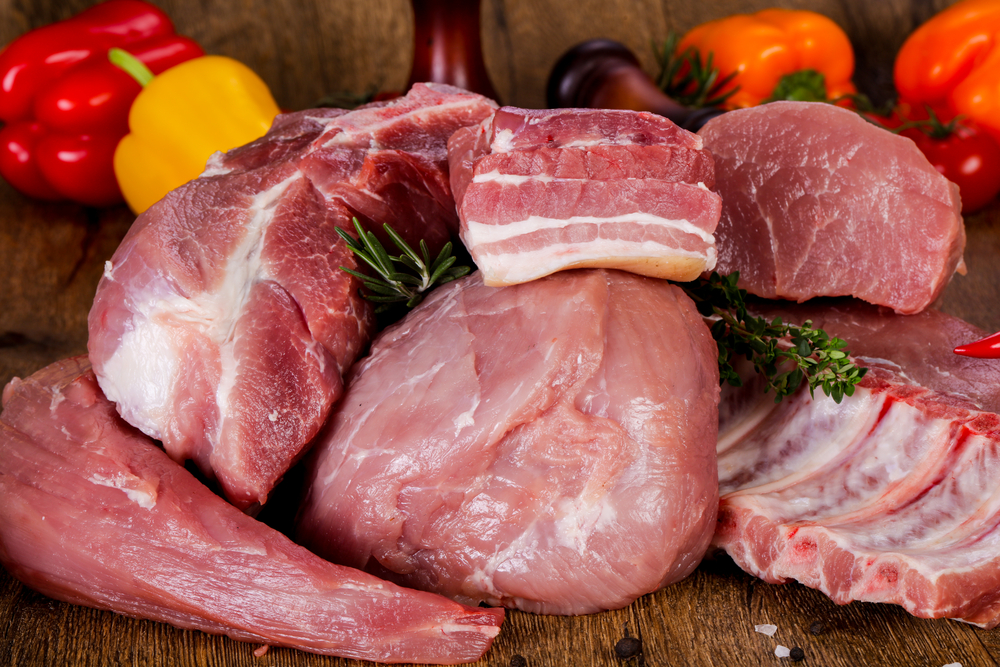Tamales are a type of Latin American dish that is made with love, patience, and a lot of practice. While the art of making tamales is one that must be learned, it is well worth it to create this mouth-watering dish.
Recipes of tamales differ between regions and geographic areas. In fact, there are over 5,000 different types of tamale recipes circulating across many countries. Some of the most popular include pork or chicken tamales with fillings like mole, cheese, pineapple, and sweet cream.
Different types of tamales aren’t just local to certain areas, but they are actually a part of many Latin American families. With recipes that have been passed down generations, no one tamale recipe is exactly like another.
A Universal Base for All Tamale Recipes
Even though there are many different tamale recipes available, the starting point for each recipe is extremely similar. Most tamales start off with the following ingredients.
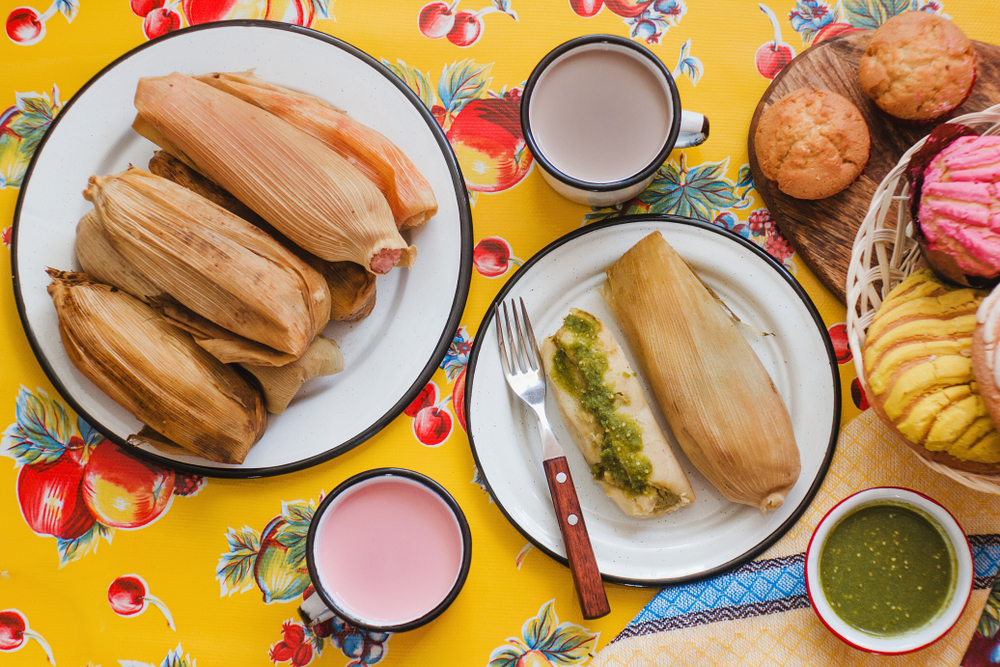
- Corn Husk or Green Leaves: Forming the basis for the corn mixture to be smeared on, these flat surfaces keep the tamale mixture held tight while it cooks.
- Masa: A common name for a type of corn flour, masa is the cornmeal mixture that forms the doughy, grainy outside of a tamale.
- Oil: This varies based upon the recipe, but it provides some binding potential to the cornmeal mixture.
- Stock: Add moisture to the tamale filling.
- Spices: Different spices can greatly change up the taste of a tamale recipe.
In current day tamale cooking, most modern families will put their filling inside the tamale, wrap it up, and steam up. Historically, however, tamales were cooked in wood-fired ovens or large ovens in the ground.
Tamale Filling Options
The meat, poultry, or bean mixture one decides to put in their tamales is what really makes them stand out from others. Popular fillings for tamales include:
- Chicken. As one of the most popular tamale fillings, chicken is often cooked and shredded before using in this dish.
- Beef. Cooked and shredded beef, including steak and roasts, are commonly used for tamale filling. Leftover Barbacoa meat also works well.
- Pork. Carnita meat or cooked shredded pork that is seasoned well is a favorite tamale filling.
- Beans. Black beans, refried beans, or pinto beans create a great base for tamales.
- Cheese or Vegetables. Oaxaca cheese, peppers, and onions are great additions to other tamale filings, as well as by themselves.
Sauce for Tamales: To Add or Not to Add?
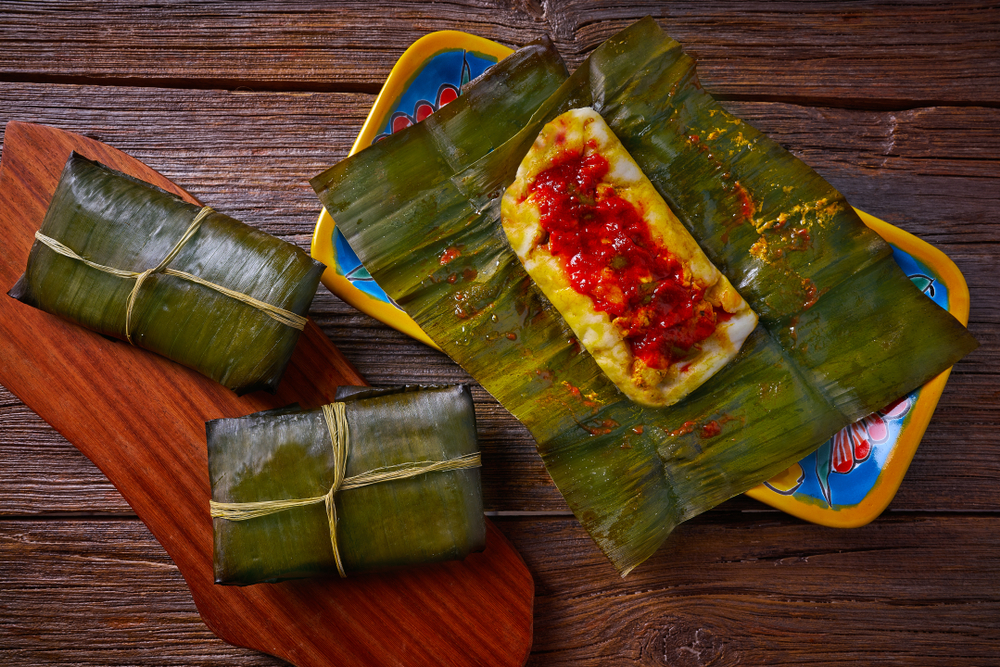
There is a great debate among cultures and regions over whether a sauce is served with tamales. The corn mixture that forms the outside of tamales is generally quite dry, so a liquid sauce is often welcome alongside this dish. Yet, some cultures simply don’t offer a sauce with their tamales as a general practice.
Common types of tamale sauce include:
- Mild or spicy red salsa
- Homemade or store-bought salsa verde
- Enchilada sauce
- Mole
- Chili (Midwest)
Toppings for Your Tamales
Tamales already have quite a bit of flavor, but various toppings add a bit of a differentiating factor to each tamale dish. Again, some areas don’t serve any toppings with tamales, while others take their tamale-baking a step further with a variety of topping options.
- Red or green salsa
- Pico de gallo
- Chopped cilantro
- Onion
- Avocado
- Sour cream
- Crumbled Cojita cheese
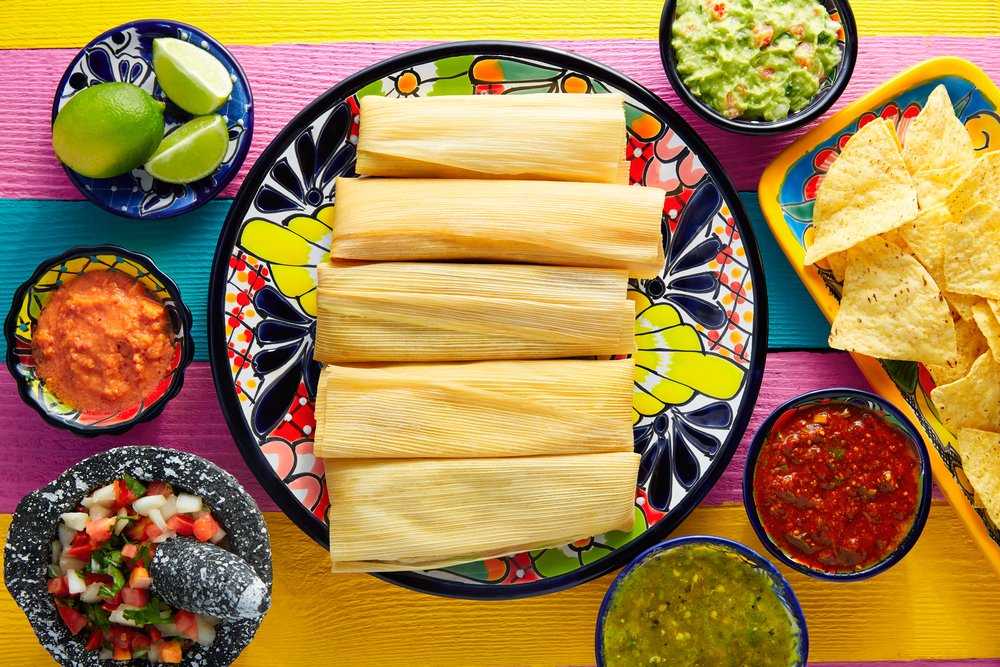
Related post: What to Serve with Biscuits and Gravy
What are Some of the Different Tamale Varieties From Around the World?
In Michoacan, tamales known as corundas are triangular in shape and wrapped in long, green leaves to steam. They are filled with vegetables and chicken from local farms. In Yucatan, tamales are wrapped in large, green banana leaves and then cooked in an oven in the ground. Leftover tamales can be re-heated as well. Still yet, in Mexico, tamales that are called zacahuiles are three- or four-foot long and cooked in ovens fueled by a wood fire.



